This is what it looks like when a credit fuelled housing bubble bursts
ONCE touted as “privileged” real estate, the burst of a spectacular housing bubble in Spain has left ruins dotted across the country.
ON THE outskirts of Zaragoza, a provincial capital 254 kilometres west of Barcelona in the north of Spain sits a long and empty row of housing developments.
They were supposed to cater to 9000 inhabitants who supposedly would’ve joined the neighbouring town of just 3000 people.
“A privileged environment with excellent communications and large commodities just one step away from Zaragoza” extolled an advertisement for the housing development.
That was more than a decade ago, before Spain’s housing bubble spectacularly burst.
Between 2000 and 2008, around five million homes were built in Spain as developers looked to take advantage of cheap credit and regulatory incentives provided by the government.
But as the US subprime mortgage catastrophe unravelled and economies everywhere shuddered, Spain’s housing market collapsed while the world entered a global financial crisis.
For Spain, the result is a number of small ghost towns of nearly-finished real estate projects that remain untouched today, many dotted along the country’s Mediterranean coastline.
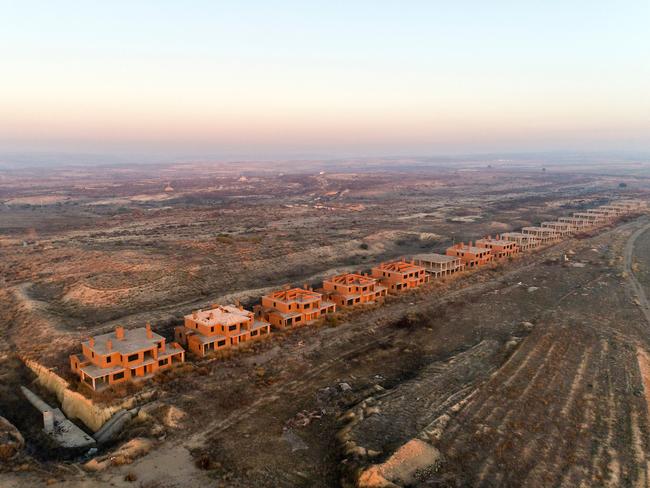
Spanish photographer Markel Redondo travelled across Spain in 2010 to capture many of the abandoned housing projects, attracted by the unsettling feeling they provoked in him.
“Being in these places is strange, they make you feel like you are the last human on Earth, looking at the ruins,” he told El País earlier this month.
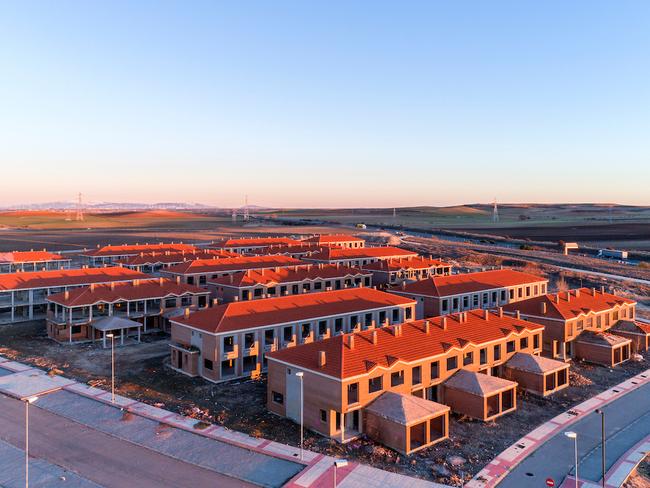
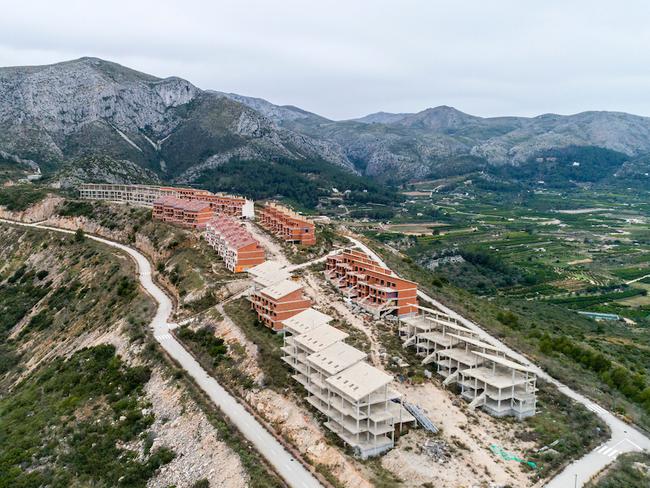
He returned to many of the abandoned sites this year, but this time with a drone in hand.
As Spain’s economy has struggle since the GFC, the abandoned places he visited more than seven years ago haven’t changed.
The only discernible difference has been the natural environment creeping its way back, reclaiming the space among the accidental monuments to irrational exuberance.
And as you might expect, the idle developments have been gutted — everything not nailed down has been ransacked by now. It clearly wasn’t being used anyway.
“Everything that could be stolen was stolen: copper wiring, manhole covers,” Mr Redondo said. “The rest is the same.”

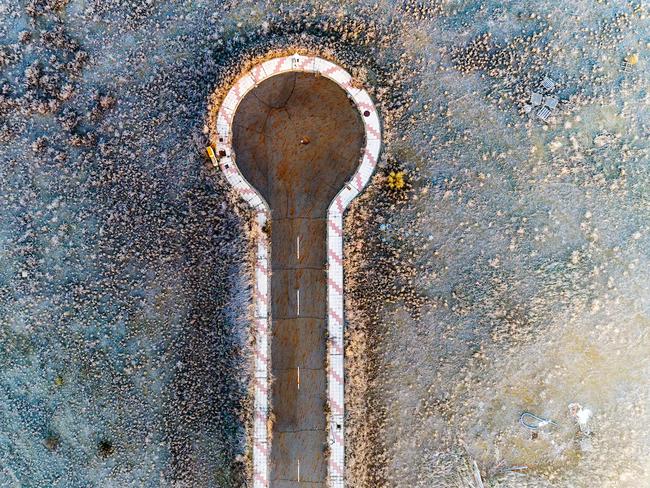
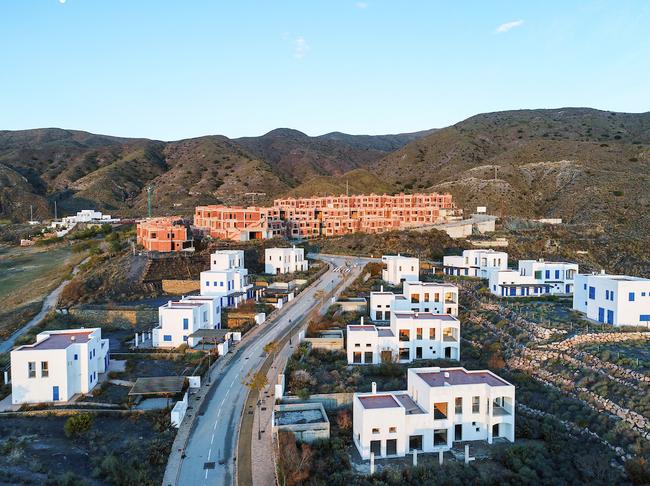
Mr Redondo wanted to return to the abandoned projects with a drone in order to capture the sheer enormity of some of the empty housing developments. “From the ground the magnitude of some places can’t be seen,” he said.
The pictures — which can be seen in full on his website — make up a photo series he titled Sandcastles II, after the original set of photos from 2010.
His latest series took out a drone photography award and as part of the prize his work was featured in the British Journal of Photography and will be exhibited in London.
He also shared a handful of aerial videos filmed during the project on his Instagram account — and they’re really worth a look.
Spanish house prices fell a whopping 42 per cent from 2007 to 2015 after 31 consecutive quarters of year-on-year declines, according to Global Property Guide.
Spain’s economy has been on the slow path to recovery in recent years but the country’s real estate prices are still below those seen during the frenzied boom years.



